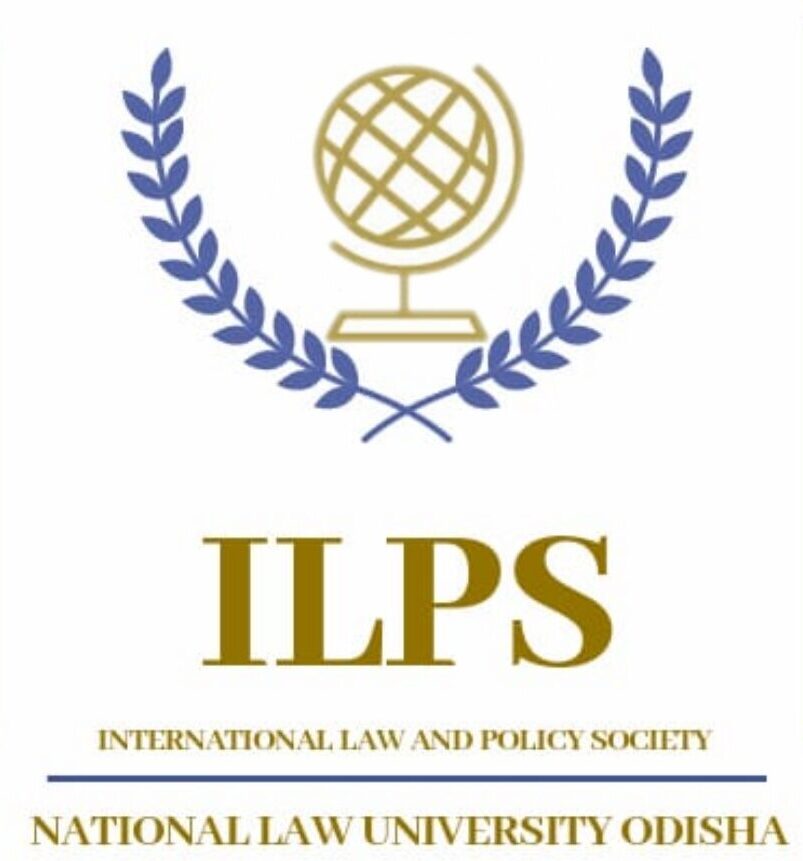
The Existing Legal Framework: Delaying the Insufficiency
From the ‘60s itself, space exploration has been one of the critical discussion topics in the United Nations, foreseeing its prominent nature in shaping human development and world politics. Since the 20th century, state powers like the USA, Russia, and China have invested hugely in innovation to gain superiority over others in the modern and somewhat pristine war zone, i.e., the ultimate space. Now with the advent of private players like Space X and Blue Origin in the domain, it seems pertinent to revisit the existing legal framework before the immaculate space turns into a warzone.
The dawn of space regulations began with international law, which governed how outer space could be exploited. The international law, along with the Charter of United Nations, formed the corpus juris spatialis. However, the United Nations realized the need for sordid legislation for the peaceful and scientific exploration of outer space. Accordingly, in 1963, the UN General Assembly approved a resolution that became the Outer Space Treaty (hereinafter referred to as OST). The treaty essentially banned the deployment of weapons of mass destruction (hereinafter referred to as “WMD”) in outer space. However, there were two disquiets about the treaty. First, it does not clarify what will constitute WMD due to which weapons like ballistic missiles remain beyond its scope, and second is the absence of eighty-nine signatories that have not ratified it yet.
Further, in 2014, China and Russia proposed a fresh draft of the regulation, i.e., Prevention of the Placement of Weapons in Outer Space or the PPWT. Even though the draft treaty greatly emphasized banning the use of any weapons and not only WMDs, it still had several inconsistencies. The PPWT does not explicitly prohibit the testing of earth-based anti-satellite weapons (ASATs). Moreover, the draft did not address the issue of space debris which possesses an equal amount of threat to the sustainability of outer space, failing to satisfy the overall aim of the treaty.
With the onset of the Cold War, outer space has been viewed as another dimension for militarization, leading to the Conference of Disarmament(CD), which established the PAROS Treaty intending to reaffirm the principles of OST. However, the current draft of the PAROS treaty does not promise much towards safeguarding the space, as it seems to be nothing but an alignment with the PPWT document presented by Russia and China, which is tailored fit agreement to best suit these two nations. Moreover, the opposition from the United States has impaired its development. Western nation-states believe that there is no such arms race in outer space, so any need for a legal instrument to prevent the same is illogical. However, the fact that the USA is already in possession of some of the most devastating space weaponry cannot be overlooked while pondering its blatant discard to such an important document.
Definition of Space Weapon – No conclusive agreement
With the present legislation in force like the Partial Ban Treaty and the Outer Space Treaty, and the promised PAROS treaty, it seems pretty promising that state actors are willing to safeguard this common heritage of mankind. However, one rudimentary loophole across all these legislations is the definition of a space weapon that ultimately governs the deterrent. For instance, the Outer Space Treaty bans the deployment of WMD in space; however, no definition of what actually will constitute a WMD is given in the legislation. The enigmatic issue with classifying space weaponry is the constant innovations in this sphere; hence it is understandable that any conventional definition will not serve the purpose. For instance, delegations of different countries pose different perspectives on including non-kinetic weapons under the umbrella of the weaponization of space. In a report on space security published in 1991, the UN clarified that to adopt a standard definition of weaponization concerning space, consideration must be paid towards an array of parameters like the technical, legal, and doctrinal aspects of military systems & activities.
At present, there are six different categories in which space weapons are classified, namely Kinetic forms of Earth-to-Space, Space-to-Space, and Space-to-Earth weapons and their non-kinetic counterparts as well. In the lack of a definitive agreement on a definition of space weapon, we cannot make the stakeholders liable for their acts even if they have violated the law. For instance, out of the six variants of space weapons, more than three have already been demonstrated by various nations such as the US, Russia, China, and India, but none faced any deterrence from the UN or any other statutory body. As evident from these occurrences, space has already been weaponized unless we consider a narrowed-down version of the definition of a space weapon. Therefore, it is pertinent and germane for the state actors to reconsider the present legislation and agree over a conclusive & comprehensive PAROS draft limiting State Parties from deploying any weapon into the space, installing weapons on celestial bodies, or threatening to use force against objects in outer space.
The Adverse Effect on Private Corporations’ Space Race
Space today has more than 3500 active satellites orbiting around, and interestingly, over 1000 of them were added last year only by SpaceX, a US-based non-state actor in the space race. Recently, the Indian Union Cabinet has also approved the entry of private players to use Indian space infrastructure and build its capacities for the nation via the creation of the Indian National Space Promotion and Authorization Centre (IN-SPACe). Hence it is an established fact that nations are not shying from giving away the space as a level-playing field to the private corporations. However, severe threats exist in this deal between nations and private corporations while handing over the space. Since May 2019, SpaceX has been building Starlink Broadband Megconstellation, a constellation of 30,000 satellites to provide worldwide internet. While the project seems astonishing, there is something worth noting and horrifying about the laws governing the project. Under Terms of Service, it is mentioned that services provided to planet Earth and Moon will be governed by the laws of the State of California in the United States, and the services or disputes for Mars will be settled through “self-governing principles,” established in good faith. This essentially means that SpaceX may reject the existing laws to establish its own set of space laws in the future. This is merely a result of the weakening state of the OST and the non-compliance of state actors to the PAROS treaty. If international law does not strengthen its roots in space governance, individual nations will soon resort to framing their domestic rules that suit their agenda with private entities as supporting agents.
Another lacuna that breathes in between this race is the threat from private corporations launching weaponry in space. SpaceX senior executive has already clarified its stance on space weapons, that the company would launch weapons in space in defense of its country. The relation of the statement and the international law is that SpaceX is a private entity and hence is not bound by the Outer Space Treaty or any other international regulation. However, that does not excuse its wrongful acts, although the liability will be transferred to the launch state. SpaceX’s launch state under OST article VII bears fault-based liability for damage caused by SpaceX to other nations, and hence if the corporation attempts to infringe any international law, other nations could perceive it as an American act. Therefore, it is the nation’s responsibility to check the private player’s moves in this sensitive arena.
Concluding all, it can be inferred that the present legislations are brim-full of lacunas with no proper definition of space weapon at its core. Moreover, the entry of private players has created a stir in the already storming space with new challenges for lawmakers. The current fragile state of international legislation has created room for nations to exploit the space by forming their own domestic rules and regulations, while on the other hand, creating a need for them to check on the private players’ actions. However, none of these contemporary issues that have come to light are addressed in the current draft of PAROS; hence it seems to be just a flaccid promise in keeping the space race in check.
This article is written by Himanshu and Smriti Jha



